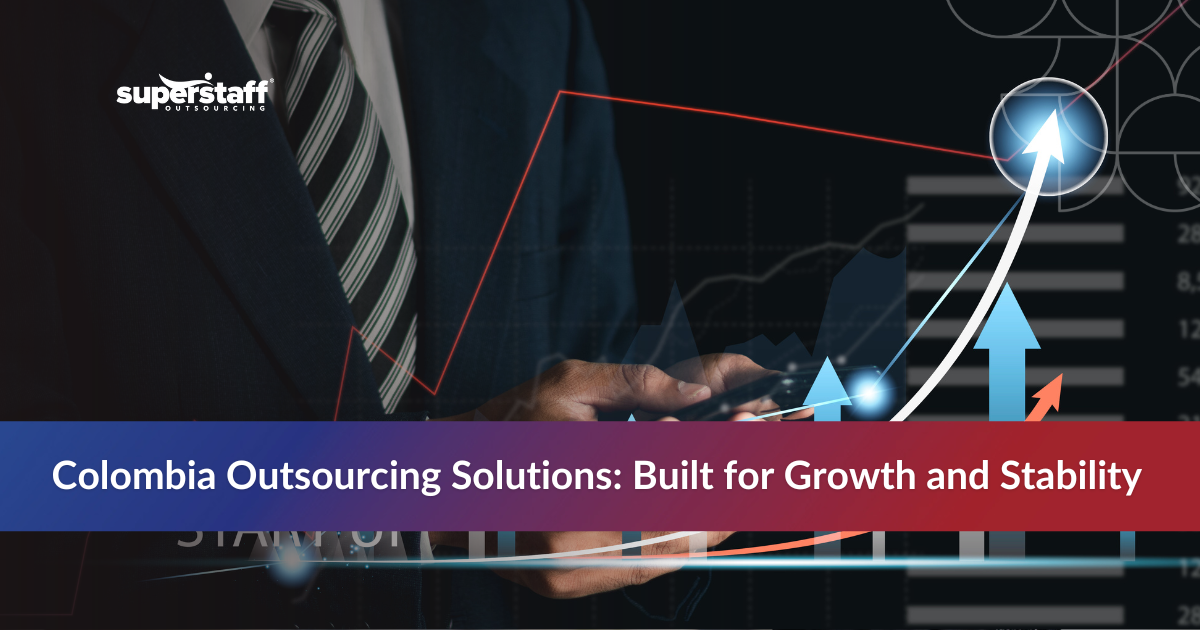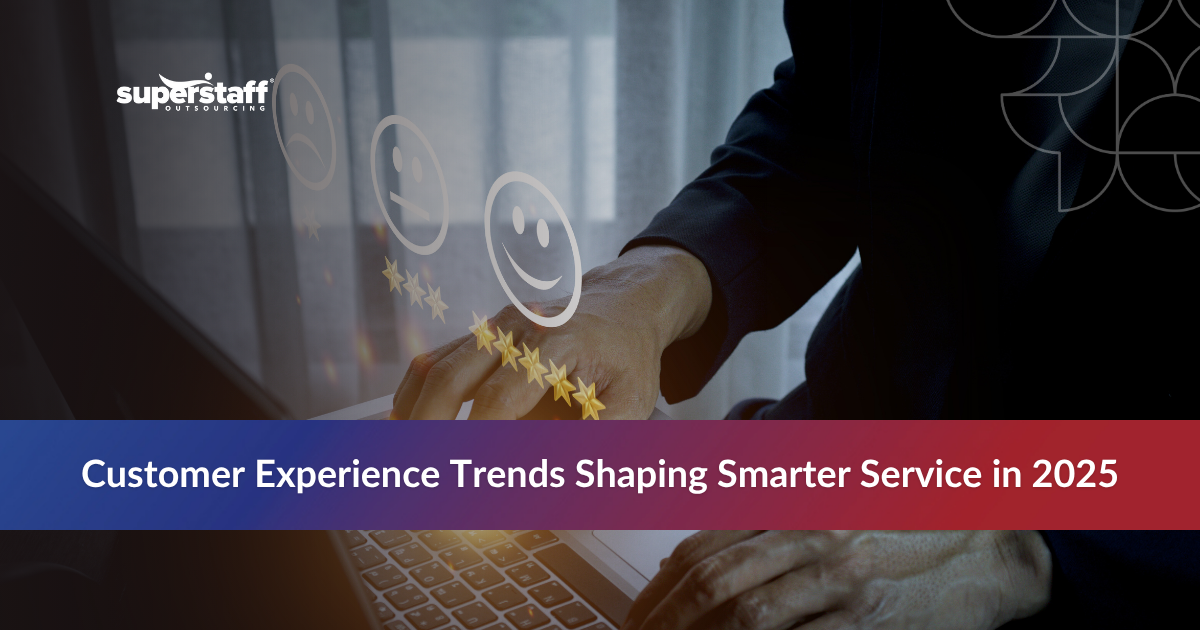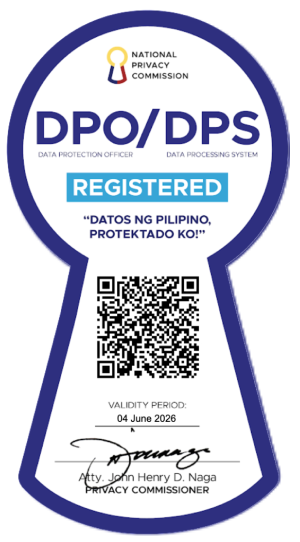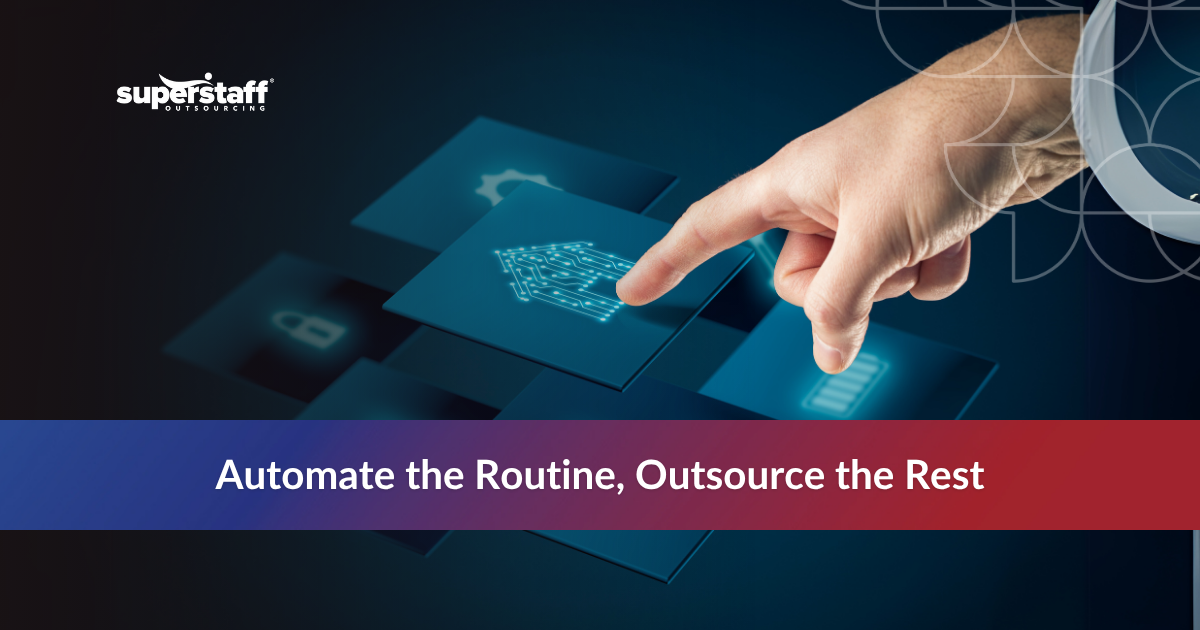
As more companies explore AI outsourcing, many are asking the same question: Which tasks should we automate, and which should we leave to people?
AI outsourcing offers faster task completion, better accuracy, and cost savings. But not every task is a good fit for automation. Some still require human thinking, decision-making, and care.
Understanding the limits and strengths of AI outsourcing can help businesses make smarter choices and avoid costly mistakes. It also allows organizations to improve efficiency without sacrificing quality or customer satisfaction. Knowing how to blend AI tools with human expertise creates a more flexible and resilient workflow that adapts as business needs evolve.
AI Agents and Their Role in Outsourcing
AI agents are tools or software programs designed to perform tasks without needing ongoing instructions. In AI outsourcing, these agents are used to carry out specific duties that were once handled by human staff, such as answering emails, collecting data, or updating records.
These AI automation tools for business are often added to existing outsourcing operations. This means the work is done faster and with fewer errors, while your human team can focus on more important jobs.
In the context of outsourcing, AI agents are integrated to improve speed and accuracy. A study highlights that companies using automation tools in outsourcing achieve up to 30% cost savings and reduce errors by 20–25%. Tasks like email handling, data extraction, and record updating benefit from consistent AI performance without fatigue or distraction.
Here are some common examples:
- Customer support bots that answer simple questions or route calls.
- Data entry systems that pull information from one platform and input it into another.
- Scheduling assistants manage calendars and send reminders.
By using AI outsourcing this way, businesses get consistent performance across routine tasks.
What You Can Automate with AI Agents
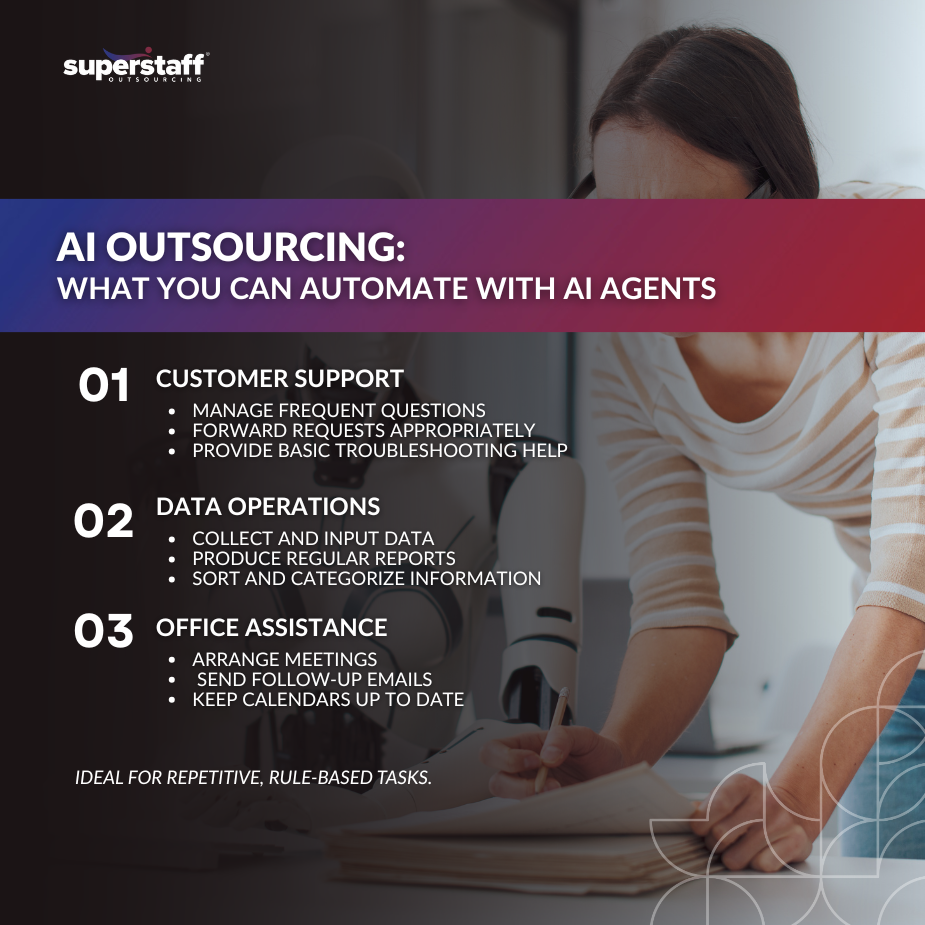
Many businesses wonder: What business processes can be automated with AI?
The answer depends on the nature of the task. In general, work that is repetitive, rule-based, and does not require human emotions or deep thinking is ideal for AI outsourcing.
Here are a few areas where AI outsourcing works well:
1. Automated Customer Service with AI
- Handling simple inquiries (store hours, return policy, account updates)
- Managing FAQs and routing tickets to the right department
- Basic troubleshooting or providing links to self-help guides
This is one of the most popular uses of AI outsourcing today. It can help reduce wait times and manage high volumes of inquiries.
2. Data Processing
- Extracting data from forms or emails
- Creating reports from collected data
- Tagging and sorting files
Since these tasks follow clear rules, AI automation tools for business can handle them easily and accurately.
3. Administrative Support
- Booking meetings or travel
- Sending confirmation emails
- Updating calendars or spreadsheets
These simple tasks often take up time. With AI outsourcing, businesses can free up their human workers to handle bigger responsibilities.
What You Shouldn’t Automate with AI Agents
Now let’s look at the other side: Tasks you should not automate with AI agents.
Some responsibilities need human judgment, creativity, or empathy. Automating them may cause mistakes, frustration, or loss of trust from customers or partners.
Here are some areas where AI outsourcing may not be a good fit:
1. Problem-Solving That Requires Strategy
- Solving a new kind of customer complaint
- Deciding how to handle sensitive issues
- Creating or adjusting business strategies
These tasks don’t follow a fixed pattern, so they’re hard for AI agents to manage correctly.
2. Relationship Management
- Building client trust through long-term communication
- Handling delicate situations
- Managing team performance or morale
Human interaction is key here. People can read tone, respond with care, and adjust based on the situation.
3. Quality Control and Feedback
- Reviewing work for tone, style, or deeper meaning
- Deciding when a process needs to change
- Giving feedback that helps a person grow
These tasks require context and flexible thinking. Leaving them to automation can cause problems in quality and consistency.
How to Combine AI and Human Work the Right Way
The most effective approach to AI outsourcing is to combine both technology and human input.
Here’s how to create a working balance:
1. Define Which Tasks Are Automated
Start by listing all tasks and separating those that are rule-based from those that require human thinking. Let AI agents handle routine steps like data entry or scheduling. Keep tasks that involve decision-making, problem-solving, or client relationships in the hands of your team.
2. Set Up Oversight Systems
AI agents still need supervision. Assign someone to regularly check their performance and review any errors. If the system starts missing important details, update the settings or processes. Your human team should be ready to step in when things go off track.
3. Stay Flexible as Your Business Grows
Begin with small, manageable automation projects. As your business grows and the tools prove reliable, expand where it makes sense. Keep an eye on new areas that become suitable for automation and adjust your workflow as your business needs change.
This balanced mix allows businesses to increase speed and efficiency while keeping quality and the human touch in their operations.
Make AI Work for Your Business
AI outsourcing can bring speed, accuracy, and savings to your operations—but it’s not the answer for everything.
Tasks like data entry, scheduling, and automated customer service with AI are great fits for automation. On the other hand, complex problem-solving, human connection, and judgment-based decisions should stay with people.
By learning what business processes can be automated with AI and recognizing the tasks you should not automate with AI agents, your company can avoid errors and make better use of both technology and talent.
If you’re already outsourcing some functions, now is the time to review which parts can benefit from AI outsourcing. Start by identifying repeat tasks that follow simple rules. Then, test AI automation tools for business that match those needs.
At the same time, keep your human team focused on tasks that need thought, care, and decision-making. This approach lets you grow your business, improve service, and stay consistent—without losing the human touch where it matters most. SuperStaff helps businesses find the right balance of AI outsourcing. With our expertise, you can integrate automation smoothly while keeping the human insight that your operations depend on.
Explore the right balance of AI outsourcing today to build a smarter, more effective operation.

